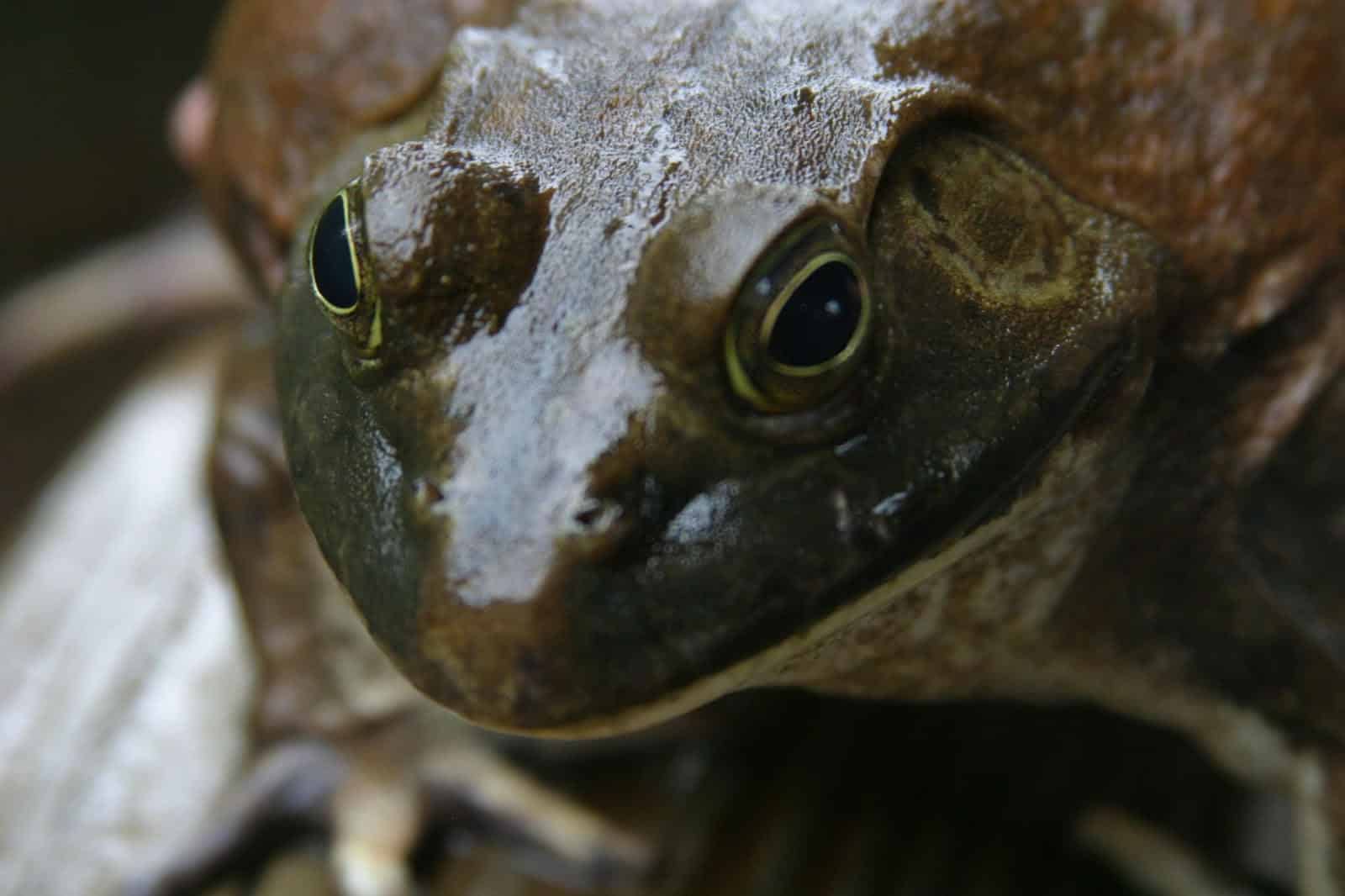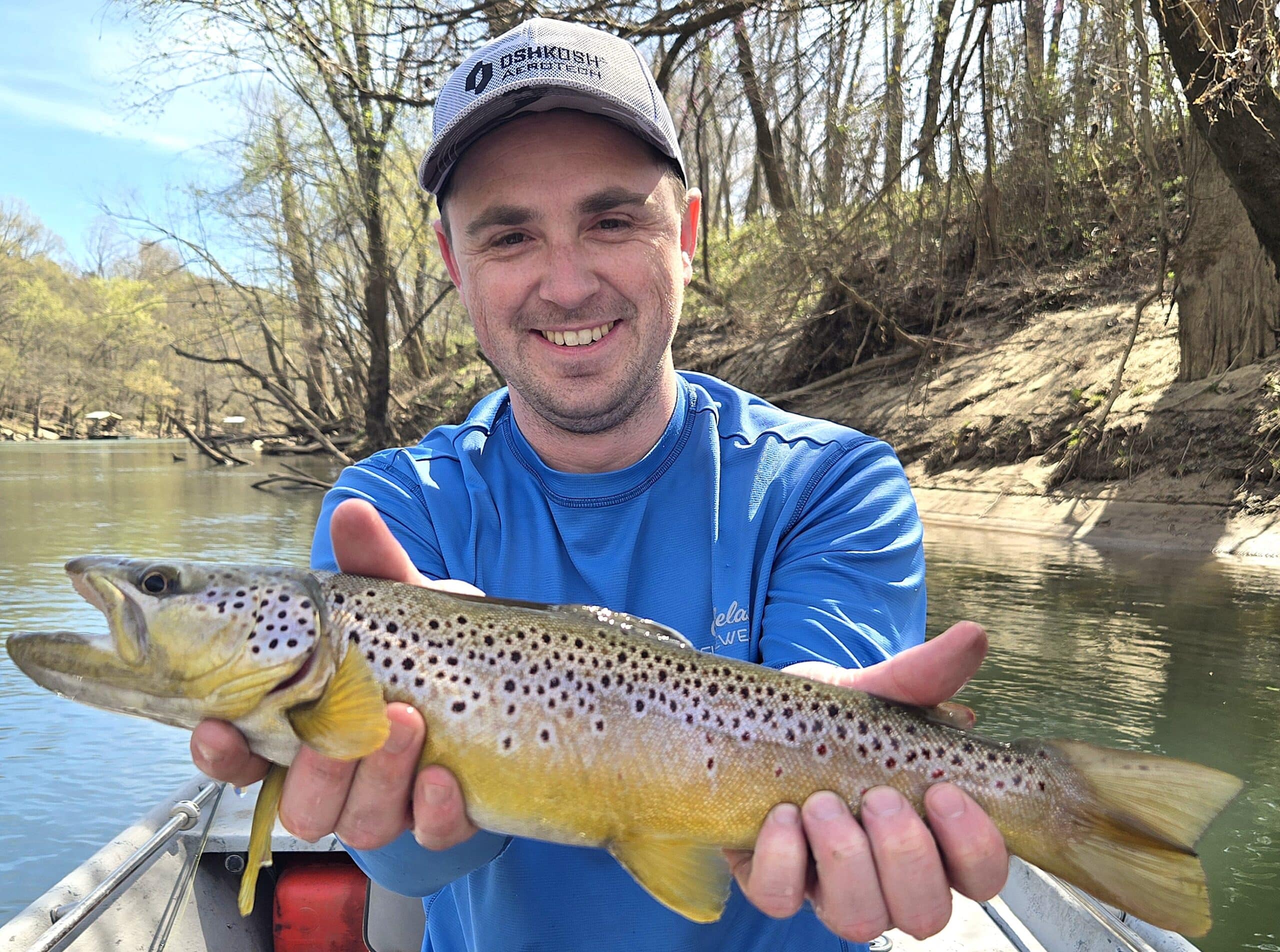Panfish
Crappie and bream are Arkansas’s primary panfish species.
Many angler’s memories of their first fishing trip revolve around watching a bobber, waiting for one of these usually cooperative fish to take the bait.
Bream are one of Arkansas’s most popular game fish. Almost every angler cut their teeth fishing for these small, yet feisty fish. It doesn’t take a lot of expensive equipment or skill to catch a few bream, and they’re great on the dinner table.
Bream is a catch-all term for many species of sunfish. All sunfish are found near aquatic vegetation and sunken trees in relatively shallow water. While some may be found in streams, bream often prefer the slack water of ponds, lakes and backwaters of rivers.
- Crickets are the number one lure for all species of bream. They’re easy to use and are available at almost any bait shop. Freshly caught grasshoppers and other insects will work in a pinch.
- Redworms and small garden worms work very well for bream, especially redear sunfish.
- During cold weather, when crickets are not as easily found, wax worms and other grubs can be used to catch bream
- Some anglers prefer using artificial lures, such as small spinners and tiny jigs. When bream are really active, they’ll hit artificials just as well as live bait.
- Fly-fishermen enjoy fishing for bream with small, insect-imitating flies and foam spiders. Battling a large bream on a lightweight fly rod can be just as fun as catching a trophy trout.
- The easiest, and least expensive way to fish for bream is with a cane pole or jigging pole. Simply tie an 8-foot section of fishing line to the tip of a pole, tie on a baited long-shank size 8 hook, pinch on a small split shot to get the live bait deep and add a bobber a foot or two up the line to let you know when a fish strikes.
- An ultralight spinning or spincast rod-and-reel combo is also on excellent choice for bream fishing. It allows anglers to cast a little farther from the bank or boat and cover more area. Anglers can use the same bobber setup as a cane pole, or they can tie on a small spinner or jig to cast and retrieve past likely targets.
- Fly-fishing is about as advanced as bream fishing gets. Use a 3- or 4-weight fly rod and matching line. Bream are suckers for foam spider flies, small popping bugs and nymph flies with rubber legs as attractors.
- If you plan to keep your catch, be sure to bring a stringer or fish basket to keep your fish alive until you’re ready to take them home.
- Needle-nosed pliers are especially helpful unhooking fish and cutting fishing line.
- A cricket cage or bait box is important to keep your live bait handy.
- Bream fishing is often best in the morning and evening. Be sure to get to the water early to take advantage of the bite.
- Bream gather in shallow water to spawn in June and July. This is the best time to load the cooler with tasty fish.
- Fish near submerged trees in shallow water, especially willow trees with lots of insect activity nearby.
- When fishing with live bait, don’t waste a lot of time soaking your cricket in one place. If a bream is near, they’ll hit the lure within a minute or so. If you don’t get a bite within a minute, lift your lure out of the water and try a new spot nearby.



